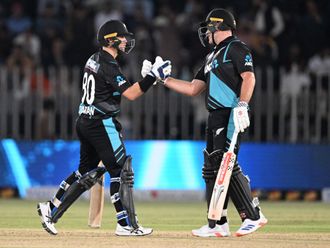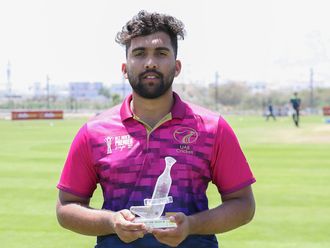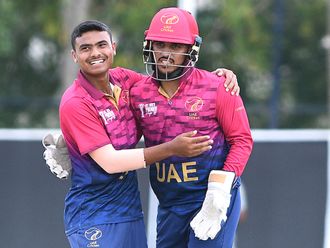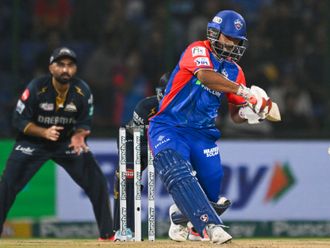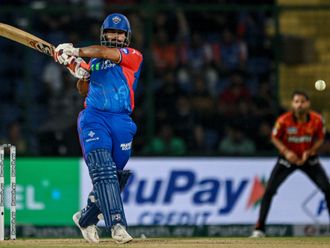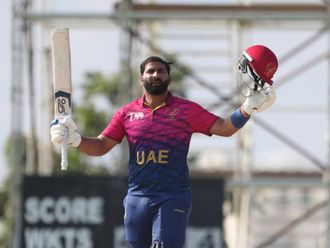It may be quite a while before the dust settles on Virat Kohli’s obnoxious outburst at an Indian journalist covering the World Cup, ostensibly as a case of ‘mistaken identity’.
Just ponder this, the Indian star has apparently apologised to this journalist for mistaking him for someone else — as if his choicest Hindi expletives would have been justified had it been the right person in the first place. A little digging tells you about the story that invoked Kohli’s ire — a news piece in one of India’s national dailies last July, which reported that the Board of Control for Cricket in India (BCCI) has allowed the wives and girlfriends of the players to accompany them on the England tour.
It was no rocket science to infer that the so-called ‘permission’ was to facilitate the travel of Anuskha Sharma, the Bollywood actress and Kohli’s girlfriend, with the team. It was purely coincidental that the batsman had been having a lean patch in England, but it’s clear that it still rankled him enough to let out some steam — having re-discovered his touch again over the last couple of months.
The fallout of the entire episode will be yet another question mark on the temperament of India’s wannabe captain in all formats, at a time when things had been going so well for him. Kohli’s behaviour, without shifting the blame, is, however, symptomatic of the taken-for-granted status that the team management and the BCCI has shown over the years to journalists in general.
From all accounts, they are the only team Down Under who have refused to oblige to fervent requests from the visiting media to provide at least one team member for a media interaction except the pre and post-match sessions. It is a common practice for other teams in the World Cup, but not so for the Indian team, which lives in the constant paranoia of being ‘misquoted’ and only give sound bites to the official BCCI website.
Granted, the demands of the ever-growing Indian cricket media can often be stifling, but this is where a clear media policy from the board comes into play. A case in point was a story circulating on the eve of the World Cup that the BCCI would have no room for the WAGs during the showpiece — a routine but potentially interesting story for the readers — but no senior official whom Gulf News contacted was game to comment on its veracity.
It’s natural to expect that the richest cricket board in the world would invest a little more to cater to the media demands of a team that is such a huge crowdpuller, but the BCCI has historically ignored any such idea. Unlike other major teams, whose media managers virtually become friends of the touring media over the years, India had left the job to a ‘manager’ who is selected by rotation from different zones as a vote-buying sop.
No wonder, some things will never change in Indian cricket!



